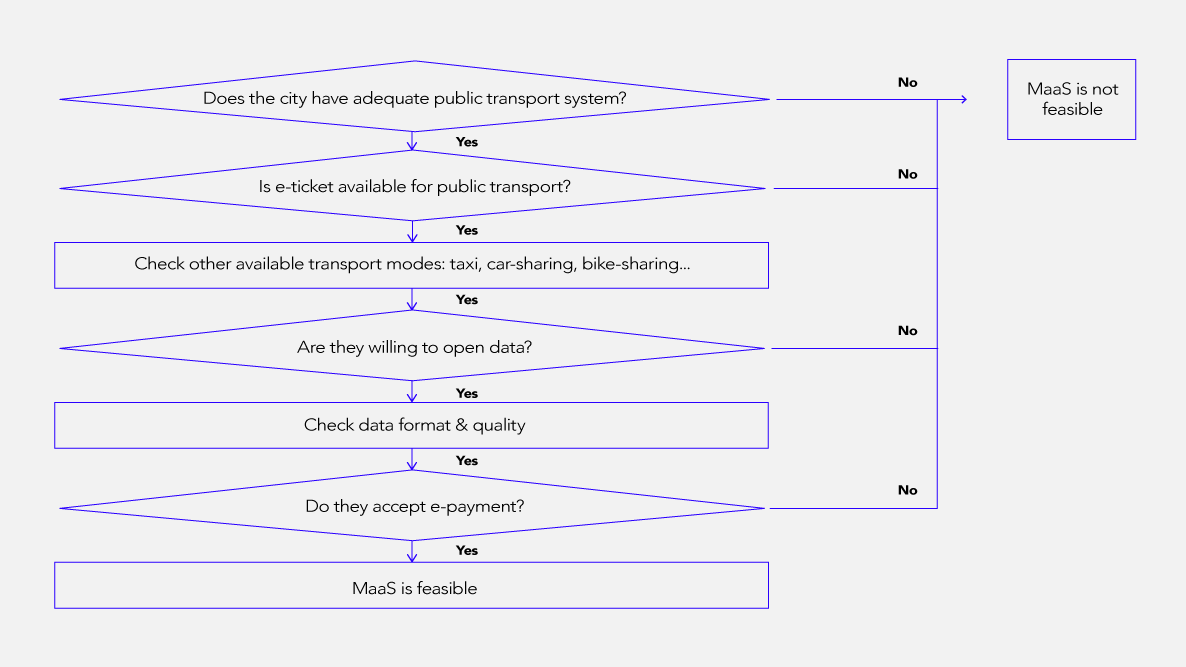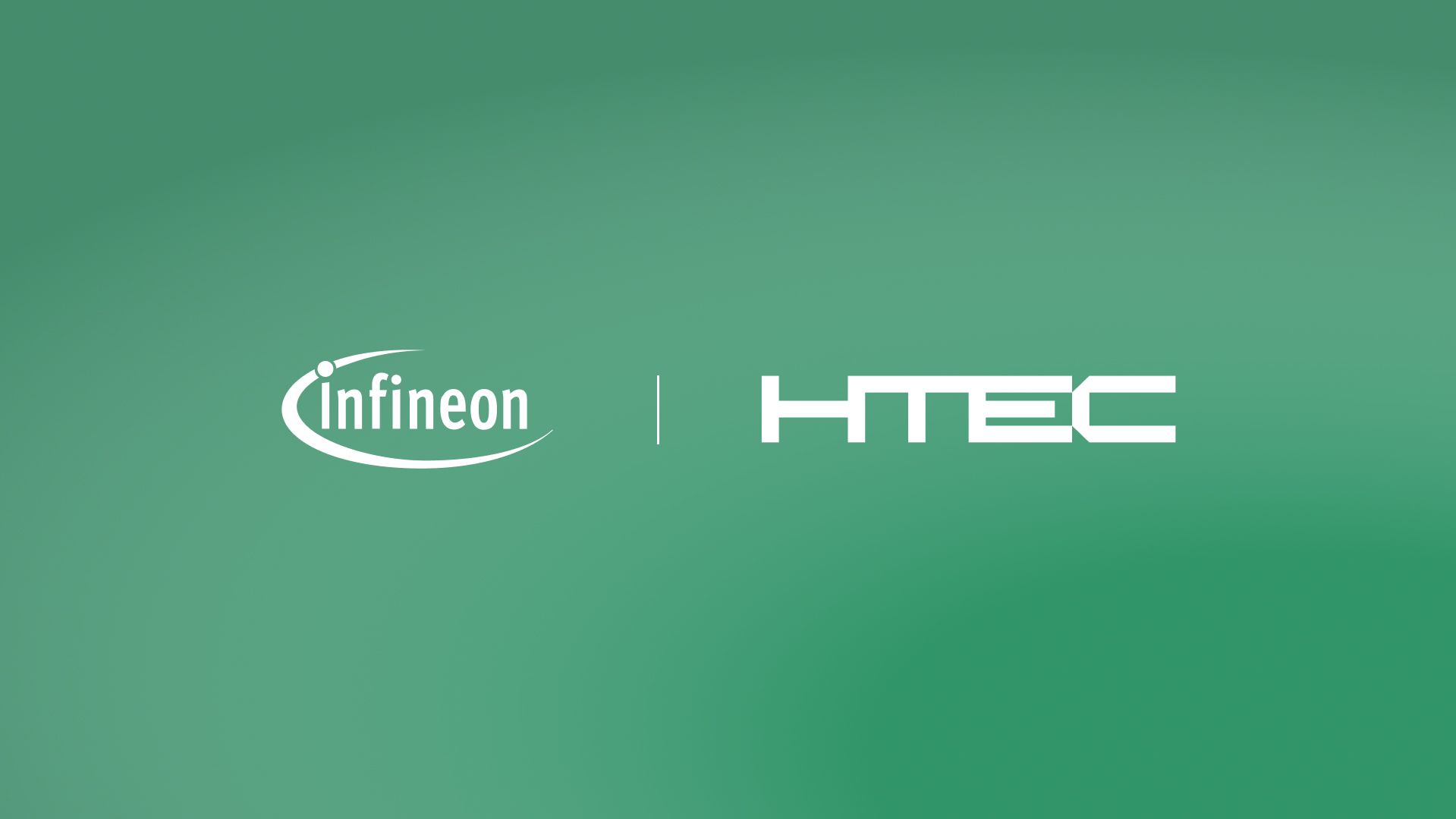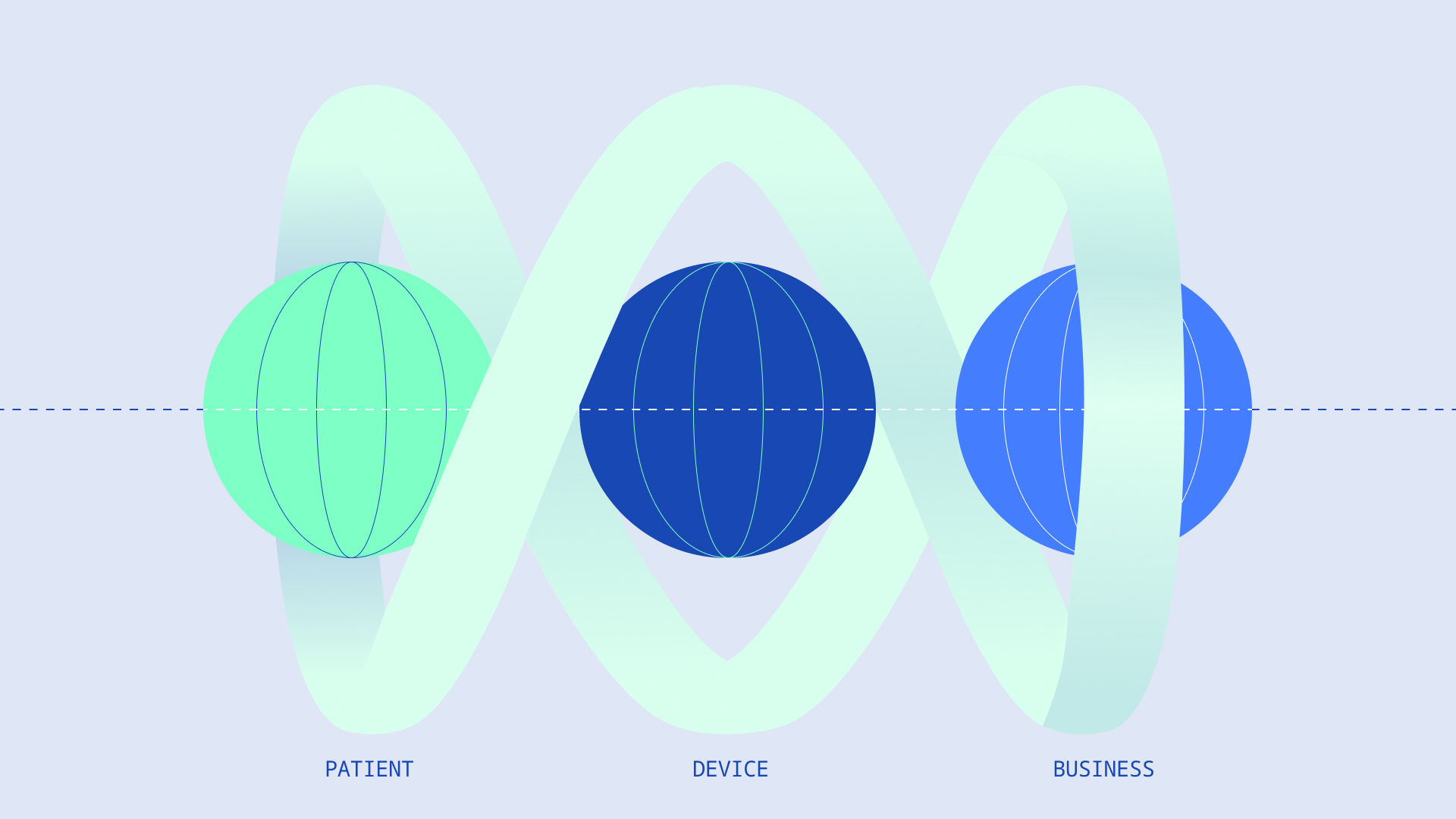Did you know that Helsinki started an ambitious initiative to make private cars completely unnecessary for any city resident by 2025?
Helsinki’s vision represents the next revolution in mobility: Mobility-as-a-Service (MaaS).
With a number of people in public areas growing each day, this seems like the most efficient and sustainable solution that should make the entire transport and paying experience greener and more pleasant for everyone. But is turning this idea into reality feasible? What hurdles do companies need to overcome, and is technology the key enabler?
Gavrilo Drljaca, Engineering Manager and Division Head of Technology at HTEC, has many years of experience in building next-generation platforms that will help build public trust in transportation and mobility space. We grabbed a chance to talk to him about whether MaaS initiatives are moving in the right direction and what are the challenges ahead.
H: Gavrilo, can you tell us more about what triggered you to develop yourself professionally in this particular field?
“One of the first projects I worked on as a young engineer was in the public transport domain, and I worked on it for quite some time. Initially, I stayed because of the great people I worked with. But, as time went by, I realized that I was working in a domain that can offer me a constant influx of interesting challenges and opportunities to learn new things and grow. Also, developing solutions in this domain is very rewarding since you have a chance to work on something that is going to be used by a huge number of people and hopefully improves their daily lives.”
H: What is fuelling global interest in MaaS?
“MaaS is seen as something that is potentially enabling a shift towards more sustainable urban mobility. Its goal is to resolve inefficient and congested transportation by offering people the ability to use a single cost-effective application that enables them to travel seamlessly from point A to point B using multiple modes of transportation. Younger generations and the fast-paced lifestyle of people living in urban areas are driving changes in public transport, unlike the traditional suburban lifestyle where people depend more on private cars as the main transport. In such an atmosphere, mobility is both a challenge and an opportunity for city dwellers — it has become a focus of innovation and will impact the lives of residents profoundly. On top of this, today’s modern citizen is environmentally aware, choosing green modes of transport, and MaaS plays a major role in building a greener future. As urban density continues to grow, MaaS provides an alternative way to move more people and goods in a way that is faster, cleaner, and less expensive than current options. Essentially, ever-changing customer expectations may lead to either a demand for more sustainable modes of transport or mobility-as-a-service solutions.”

Source: Deloitte Review: The rise of mobility as a service
H: We are witnessing the rise of mobility as a service, but there are still challenges that prevent it from scaling. The fundamental question is, what do we need to do in designing a MaaS offer that actually attracts people to change their travel behavior?
“Modern mobility should offer a high level of flexibility and convenience. The end goal is to have a service that offers more convenience than traveling by car or navigating through many different apps for public transport, car-sharing, bike-sharing, cabs, etc. This goal can be achieved by offering travellers multiple travel options, real-time information, easy-to-use payments, and flexible and cost-effective subscription or pay-as-you-go payment models. These are all hard challenges, and truth be told, it takes more than a company’s desire to build a great mobility solution. Building MaaS is a multi-faceted challenge that involves many different stakeholders, both private and public.”
H: MaaS is a data-driven, user-centered paradigm powered by the growth of smartphones. To work effectively, what kind of conditions would MaaS require?
“To be able to build an efficient MaaS in an urban area, there are a few requirements that should be met:
- A wide range of transport modes should exist in the cities
- Transport operators should be willing to provide access to their real-time data to a third party
- Most transport operators should allow a third party to sell their service
- Most transport operators should offer e-ticket or e-payment services to the citizens.”
H: How will customer payments be impacted by the arrival of MaaS across the transport industry, and how can HTEC support MaaS providers in addressing these challenges?
“A good MaaS platform should offer easy-to-use and transparent payment to customers, along with more flexible payment options like various subscription models. In essence, residents’ satisfaction and expectations are key factors in a city’s success in building an efficient urban mobility system. Over the years, HTEC has been working on a number of payment solutions related to the mobility service, where we gathered valuable experience in building EMV payment solutions. With these solutions, we enabled users to pay transport fees directly with their credit cards. We worked on creating a better customer experience by integrating with a number of different payment providers and payment gateways which offered a better payment experience and cost-effective ways of having e-ticketing as a part of their offering. For one client, we worked on building a Terminal Management System that was in charge of maintaining many payment terminals across the globe.”
H: What, in your opinion, should mobility companies do to make MaaS a success in their mobility policy?
“The key thing, and the mandatory first step these companies should make, is to have an open-data policy. They should open their APIs to third-party companies, enabling others to easily retrieve real-time information on their mobility offering. Led by our own experience, GTFS (The General Transit Feed Specification) is the right format companies should use here. After using this format, mobility companies should have the ability to sell and validate e-tickets by utilizing technologies like QR codes or NFC, depending on the pre-existing infrastructure. However, before they even make this step, it is critical for the companies to understand what being a part of MaaS will bring them.”
H: From your own experience, which are the main challenges mobility companies are dealing with in terms of building successful MaaS models, and how has the HTEC team managed to overcome them?
“Here are a few factors companies need to consider:
Payment integration. To achieve a complete implementation of MaaS, it is important to integrate transport payment into the app. This allows the user to manage the entire transportation experience through the MaaS app instead of being redirected to another app or an external system to pay for the ticket. HTEC has worked on building EMV paying solutions and integrated with different payment gateways/payment providers to be able to deliver a seamless customer experience.
Ticket validation. There may be physical barriers in public transport systems that might require a ticket validation to access. In the case of MaaS, public transport must offer the possibility of scanning smartphones and be able to read a code that justifies the acquisition of the transport ticket. NFC payments, such as Bizum or Apple Pay, and EMV technology can be a huge contribution to the modernization of this system. One interesting success story we, together with our long-standing client Telexis, brought to life is a solution we built for Dutch Public Transport that enables ticket validation by utilizing technologies such as contactless smart cards /MiFare cards, QR, NFC, EMV.
Read more about Telexis success story in the article Contactless Wave: EMV Payment System Finds Its Moment among Transit Agencies.
Transport providers should be able to share information. For MaaS to deploy a real-time information system, operators need to have the required technology. To consume public transport data, GTFS feeds are the ideal format for consuming public transport data. The data’s format and the ability to transmit information are the challenges that need to be solved to be able to guarantee the quality of MaaS and build trust with users.
Legal framework. Countries in which the ticketing system has been strictly regulated allow only public transport operators to sell transport tickets. However, opening new sales channels would most definitely increase the number of transport users.
Data Sharing. Not all users are comfortable with sharing their data. This is why privacy policy plays a huge role here. It is critical to ensure the commitment of transport operators and the trust of users to be able to engage more users in transportation services. In accordance with the General Data Protection Regulation (GDPR), companies must indicate the purpose for which data will be used and facilitate an intelligible and easily accessible privacy policy.
The willingness of the users. Finally, one of the greatest challenges is to encourage passengers to make a transition from private vehicles to more sustainable replacements where public transport would be combined with shared transport.

Source: Mobility as a Service (MaaS): Challenges of Implementation and Policy Required
H: Since you have been mainly involved in building mobility solutions here at HTEC, what would you say has been the most important lesson learned so far?
Never underestimate all the stakeholders involved. When we developed a solution called Telexis Sales Unit (a point of sales device that should be beside drivers so that they could sell tickets), there were many stakeholders involved, from public transport operators through the government to drivers’ syndicate. They thought they were not important at all. But then it turned out they are important as they are the ones using it, and they have the power to really influence things.
H: Is the future of MaaS uncertain?
While MaaS is still in a very nascent stage, there is no doubt that it does have great potential to offer convenient and comfortable travel in a city without owning a car. Instead of using this model twice a year for a big trip, imagine doing it multiple times a day with all the services bundled into a single price and paid for in just one click. The benefits for cities are enormous. The benefits for passengers are exquisite. And the technology used to make MaaS is already here. The future of MaaS is not uncertain. The future is bright.
Where to Start?
At HTEC, we are focused on building sustainable solutions that will put residents at the heart of urban mobility and be a perfect substitute for inefficient, congested, and disconnected city transport. We are helping users better understand this changing landscape and move in a smarter and faster way. Reach out to our team of experts or book a chat with our Gavrilo Drljaca to learn how we can help you drive the future of mobility and transit.





